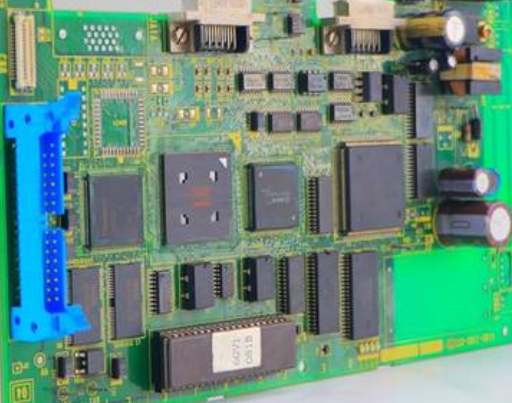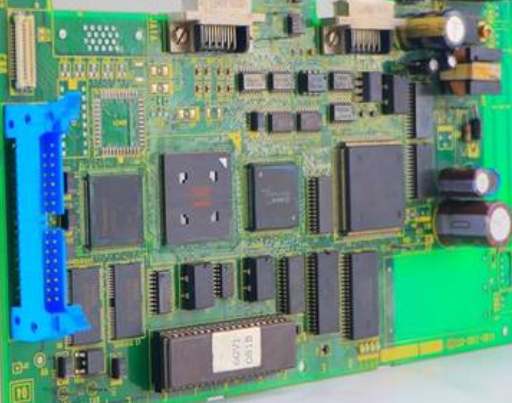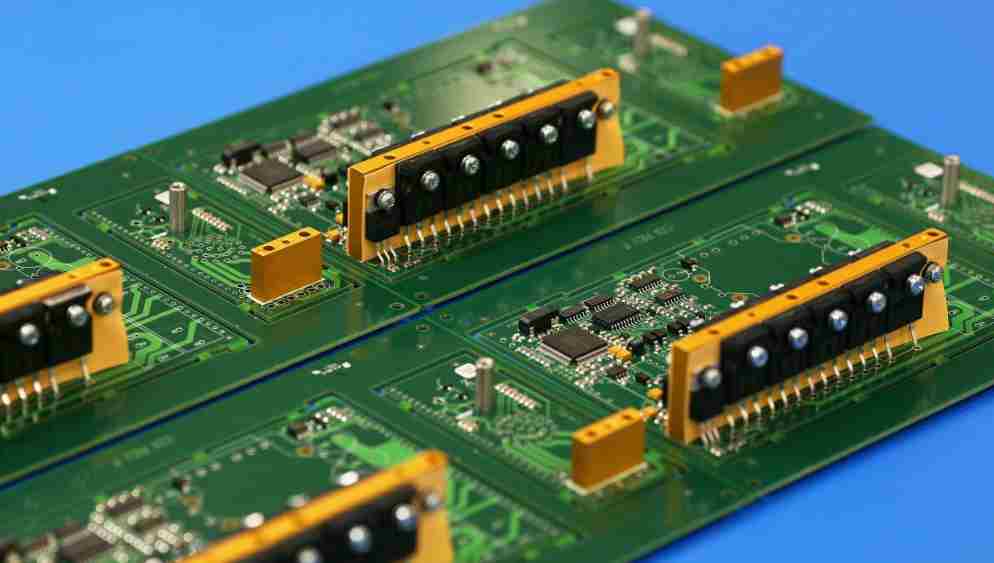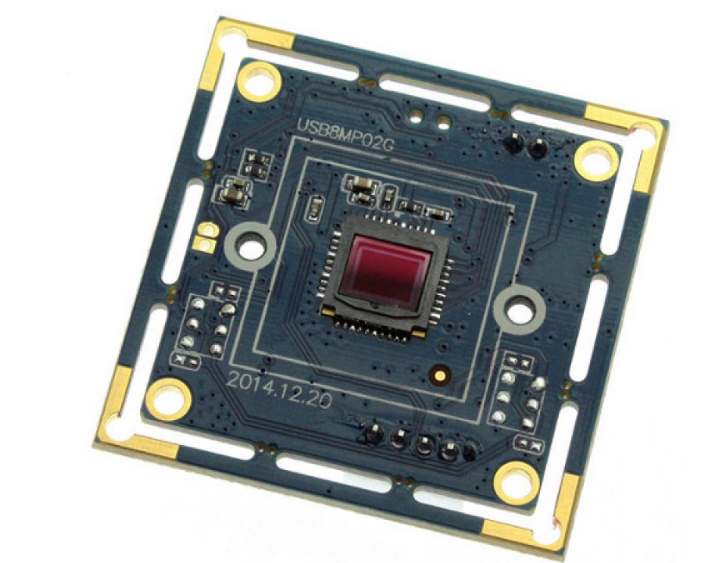
In PCB routing design, there is a complete method for the improvement of the spread rate. Here, we provide effective skills to improve the spread rate and design efficiency of PCB design, which can not only save the project development cycle for customers, but also ensure the quality of the design products to the maximum extent.
1. Determine the number of PCB layers
The size of the circuit board and the number of wiring layers need to be determined at the beginning of the design. If the design calls for the use of high-density spherical grid array (BGA) components, the minimum number of layers required to route these devices must be considered. The number of wiring layers and stack-up mode will directly affect the wiring and impedance of printed lines. The size of the board helps determine the pattern of layering and the width of the printed line to achieve the desired design effect.
For years, it was thought that the fewer layers a board had, the cheaper it would be, but there were many other factors that affected the cost of making a board. In recent years, the cost differential between multilayers has decreased considerably. At the beginning of the design, it is better to adopt more circuit layers and distribute copper evenly, so as to avoid being forced to add new layers when a few signals are found to be inconsistent with the defined rules and space requirements near the end of the design. Careful planning before design will reduce a lot of trouble in wiring.
2. Design rules and restrictions
The automatic wiring tool itself does not know what to do. To complete wiring tasks, wiring tools need to work within the correct rules and constraints. Different signal lines have different wiring requirements, to all the special requirements of the signal line classification, different design classification is not the same. Each signal class should have a priority, and the higher the priority, the stricter the rules. The rules involve the width of printed lines, the maximum number of holes through, parallelism, the interaction between signal lines, and the limits of layers. These rules have a great impact on the performance of wiring tools. Careful consideration of design requirements is an important step in successful wiring.
3. Layout of components

To optimize the assembly process, design for manufacturability (DFM) rules impose constraints on component layout. If the assembly department allows the components to move, the circuit can be optimized for automatic wiring. The rules and constraints you define affect the layout design.
routing channels and through-hole areas should be considered in the layout. These paths and areas are obvious to the designer, but the automatic wiring tool takes into account only one signal at a time. By setting routing constraints and setting layers of deployable signal lines, the wiring tool can perform the wiring as envisioned by the designer.
4. Fan out design
In the fan-out design phase, to enable component pins to be connected by the automatic wiring tool, each pin of the surface-mount device should have at least one through-hole so that the board can be internally connected, in-line tested (ICT), and reprocessed when additional connections are required.
In order to maximize the efficiency of the automatic wiring tool, it is necessary to use the largest hole size and printed lines possible, with an interval of 50mil being ideal. Use the hole type that maximizes the number of routing paths. The problem of online circuit testing should be considered in the design of fan - out. Test fixtures can be expensive and are usually ordered when they are about to go into full production, and it is too late to consider adding nodes to achieve 100% testability.
After careful consideration and prediction, the design of online circuit testing can be carried out at the initial stage of design and implemented later in the production process. The type of through-hole fan-out can be determined according to the wiring path and online circuit testing. The power supply and grounding will also affect the wiring and fan-out design. In order to reduce the inductive reactance generated by the connection line of the filter capacitor, the pass hole should be as close as possible to the pin of the surface-mounted device. Manual wiring can be used if necessary, which may have an impact on the wiring path originally assumed, and may even cause you to reconsider which kind of pass hole to use. Therefore, the relationship between the hole and the pin inductive reactance must be considered and the priority of the pass hole specification must be set.
5, manual wiring and key signal processing
Although this paper mainly discusses the problem of automatic wiring, manual wiring is and will be an important process in PCB design. Manual wiring is helpful for automatic wiring tools to complete the wiring work. Regardless of the number of key signals, these signals are routed first, either manually or in combination with automatic wiring tools. Critical signals usually have to be carefully designed to achieve the desired performance. After the wiring is completed, it is much easier for the engineer concerned to check the signal wiring. After the inspection is passed, the wires are secured and the rest of the signals are automatically routed.
6. Automatic wiring
For the wiring of key signals, it is necessary to control some electrical parameters, such as reducing distributed inductance and EMC, etc., and the wiring of other signals is similar. All EDA vendors provide a way to control these parameters. The quality of automatic wiring can be guaranteed to a certain extent after understanding the input parameters of automatic wiring tool and the influence of input parameters on wiring.
General rules should be used to route signals automatically. By limiting the layers and the number of holes to be used for a given signal by setting limits and forbidding areas, the wiring tool can automatically route the signal according to the engineer's design. If there is no limit to the number of layers and holes laid in the automatic wiring tool, every layer will be used in the automatic wiring process, and many holes will be created.
After the constraints are set and the rules created are applied, the automated wiring will achieve similar results as expected, perhaps with some finishing work, as well as securing space for other signals and network wiring. After a portion of the design is completed, it is fixed to prevent it from being affected by the subsequent wiring process.
Follow the same steps to route the remaining signals. The amount of wiring depends on the complexity of the circuit and how many general rules you define. After each type of signal is completed, the constraints on the rest of the network wiring will be reduced. But with that comes a lot of signal wiring that requires manual intervention. Today's automatic wiring tools are very powerful and usually complete 100% of the wiring. However, when the automatic wiring tool does not complete all signal wiring, the remaining signals need to be routed manually.
7, automatic wiring design points include:
7.1 Slightly change the Settings to try multiple routing routes;
7.2 Keep the basic rules unchanged, try different wiring layers, different printed lines and spacing widths, different line widths, different types of holes such as blind holes, buried holes, etc., and observe the influence of these factors on the design results;
7.3 Allow wiring tools to deal with default networks as required;
7.4 The less important the signal, the more freedom the automatic wiring tool has to route it.
8. Arrangement of wiring
If you are using EDA tools that list the length of the signal wiring, check the data and you may find that some signal wiring lengths with few constraints are very long. This problem is relatively easy to deal with, through manual editing can shorten the length of signal wiring and reduce the number of holes. In the process of sorting, you need to decide what wiring is reasonable and what wiring is not. Like manual wiring design, automatic wiring design can also be sorted out and edited during inspection.







